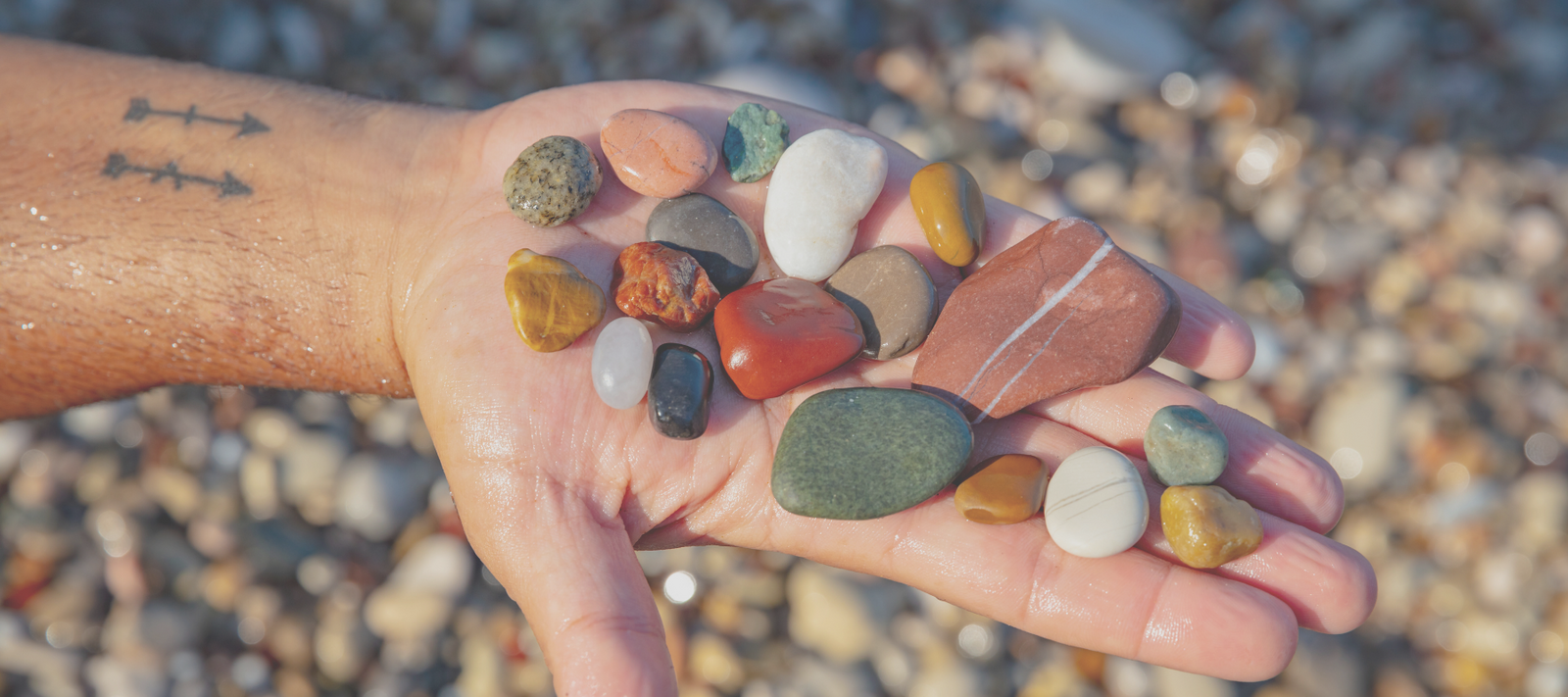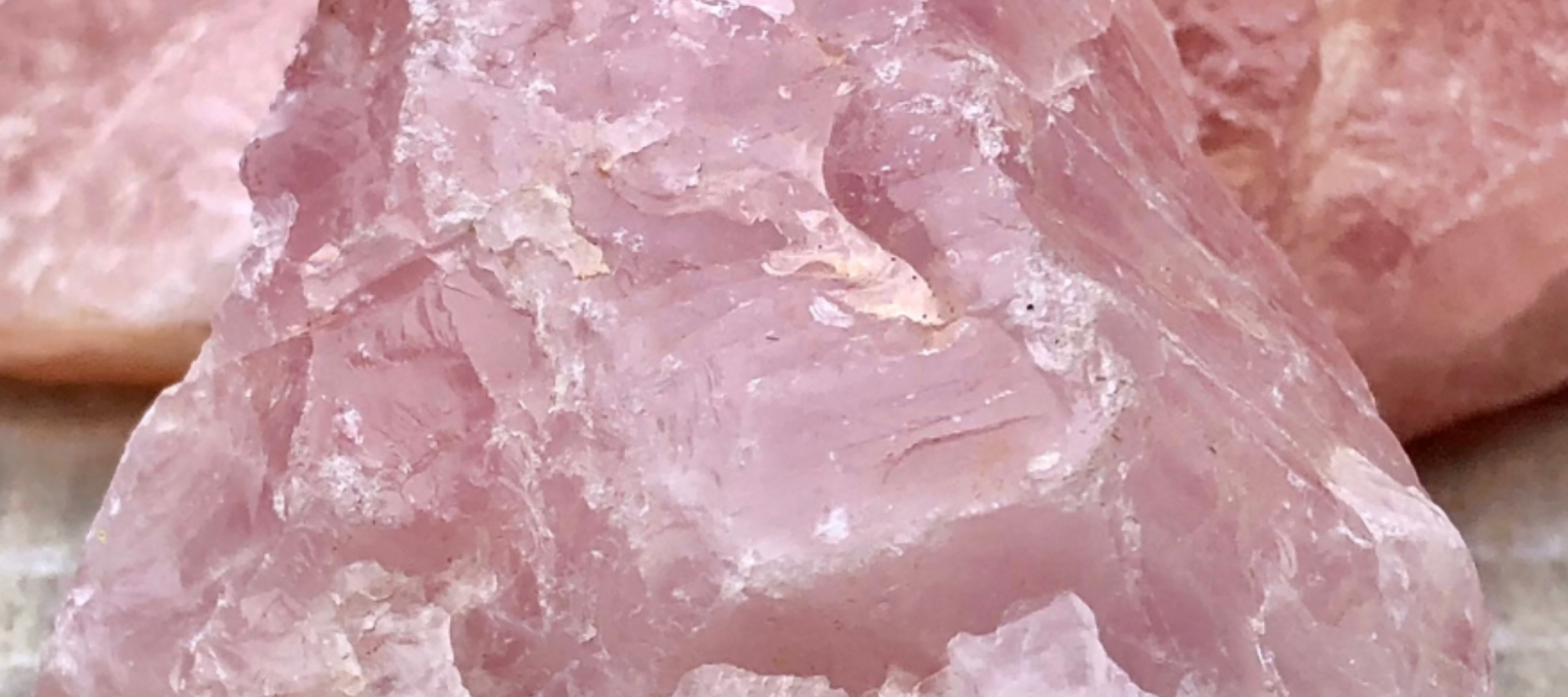Your Cart is Empty
We are Open for Business as Usual ♡ stay safe.
The epitome of bohemian style is a laid-back, anything-goes-look, that brings with it a rich tapestry of ethnic cultures. Taking inspiration from around the world, and from iconic era’s, for many it is more of a lifestyle choice than a trend.
But what many people may not know, is that from the plethora of cultures and continents that have inspired the bohemian look, the Indian culture has had a significant influence on the development of what we now all recognise as ‘bohemian’.
When British colonisation of India began in the 1700’s it opened up a landscape of a continent rich in colour and fragrance, that many people had never experienced before.
From the vibrant sarees, the decadent gold jewelry encrusted with crystals and gemstones, to the beautifully intricate silk embroidery. For many visitors to India in this new age, it felt like they had discovered another world.
During the 19th century, India was of particular significance to the British Empire. Due to Indian art and decedent goods, anything from the area became instant collectables to those who couldn’t afford to travel, but had heard wonderful stories about this exotic land.
And since then the cultural exchange between the two countries has provided each with inspiration and established trends around the globe.
To give you a deeper understanding of just how much bohemian style has adopted Indian culture, we’ve listed a few items below that made it across the continent and became firm fixtures in what we now see as bohemian.
Embroidery
While embroidery had already been established in Britain long before the colonisation of India, the true obsession came due to the many different styles of embroidery that could be found in each region.
Varying in style, pattern and colours, the array of embroidery techniques and the vibrantly dyed threads, was unlike anything our textiles industry had seen before.
Patterns in Indian embroidery are created on the basis of the texture and design of the fabric. It is such a thoughtful and considered process, that each piece is completely unique to the next. Artwork in needle form.
Which is why bohemians lapped up these intricate embroideries and began to adorn them on their clothes and accessories.
After all, what is more celebratory of a culture, and to show your open-minded spirit, than to adopt a craft that is enriched in every region of the most exotic continent in the world?
If you feel inspired to adopt a little embroidery into your style, take a look at our Chari Handbag. Handmade by the nomadic Banjari community in northwestern India.
Harem Trousers
Worn under a Saree or a pleated skirt, Harem trousers are loose-fitting, low-hanging, linen trousers with tapered hems.
Originally, Harem trousers were just a rectangular piece of unstitched cloth that was wrapped around the waist and legs of the men across India. This was known as a dhoti, pancha, mardani or veshti, and was a traditional men’s garment.
However, as time moved on the cloth turned into what we now know as the baggy-trousered Harem.
Women also began to wear the trousers during the mid-century as an indication of modesty and innocence.
The Harem trousers made their way into western society through women’s rights activist Amelia Bloomer.
Amelia took on the Harem trousers as a uniform for feminists who wanted to fight for their rights. To her, these trousers represented freedom and liberation, thanks to their higher hemlines and masculine history.
And just in case you were wondering, this is where the infamous term ‘Bloomers’ originates.
Now in more modern times, these comfortable trousers are now adopted by bohemians because they are easy to throw on and go about your day without having to put too much thought into your outfit.
While some may still adopt the feminist symbolism, for most, they are simply a comfortable garment that can be worn by anyone.
Spiritual Jewelry
It is hard to travel around India without noticing the striking jewels that every woman has decorated herself with. Which is understandable considering that India was the first country to begin mining for diamonds.
In early centuries, jewelry was patronised by the royal classes of India, when the right to own the most beautiful pieces even led to battles.
Across India, jewelry is not simply a mark of status but comes with great spiritual and religious meaning. For example, jewelry is also adorned on spiritual animals during religious ceremonies and festivals.
As India has an abundant supply of natural resources, it has a wealth of gold, silver, diamonds and natural stones. However, many regions specialise in particular pieces. For example, gold jewelry is most popular in the areas of Tamil Nadu and Kerala, where pieces are designed with inspiration from nature. Whereas silver is most popular in Gujarat, Rajasthan and Himachal Pradesh.
Semi-precious stones, shells and even animal bones are often also used within jewelry designs, and there is a huge variety of styles and design depending on the region you are exploring.
With India having such a mix of sub-cultures and religions, including Hinduism, Sikhism, and Buddhism, much of the jewelry worn by people is symbolic of their belief.
According to Hindu followers, gold and silver are considered sacred metals, as gold is symbolic of the sun, and silver represents the moon. Pure gold also holds great significance to Hindus as it does not oxidise or corrode, therefore they strongly associate gold with immortality.
As a bohemian this beautifully symbolic and spiritual emotion towards jewelry is what has made the Indian culture so iconic.
Layering up on gold, silver and precious stones has been adopted within the bohemian style as a form of self-expression, as well as a form of positive affirmation.
If you adore the idea of adorning yourself with jewelry that evokes the rich tapestry of Indian culture, view our Freya Branwyn Moon Necklace. Sourced from the nomadic Banjara tribeswomen of rural India, the purchase of one these necklaces directly supports these communities and serves to preserve their traditional heritage and craftsmanship.
Comments will be approved before showing up.



